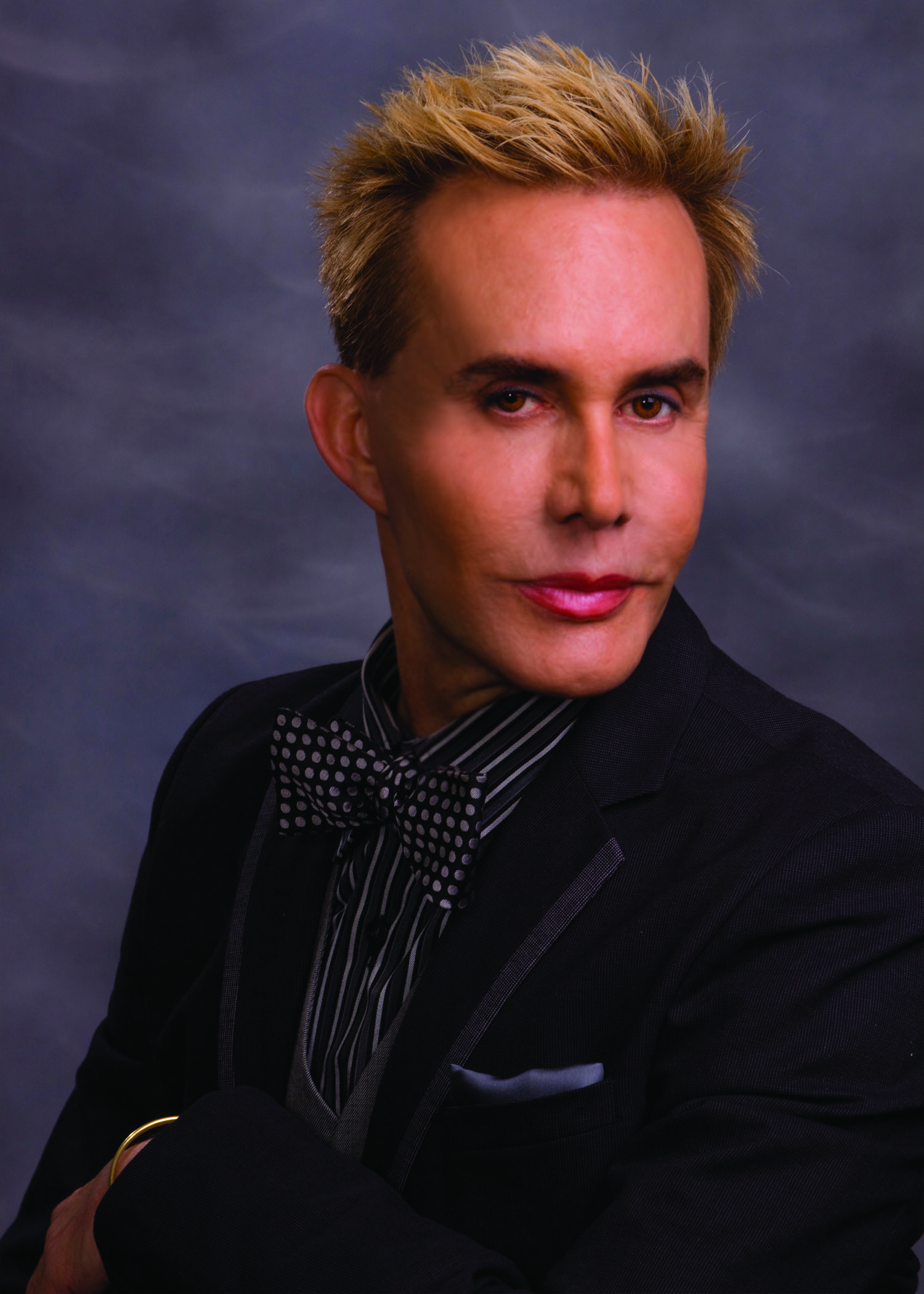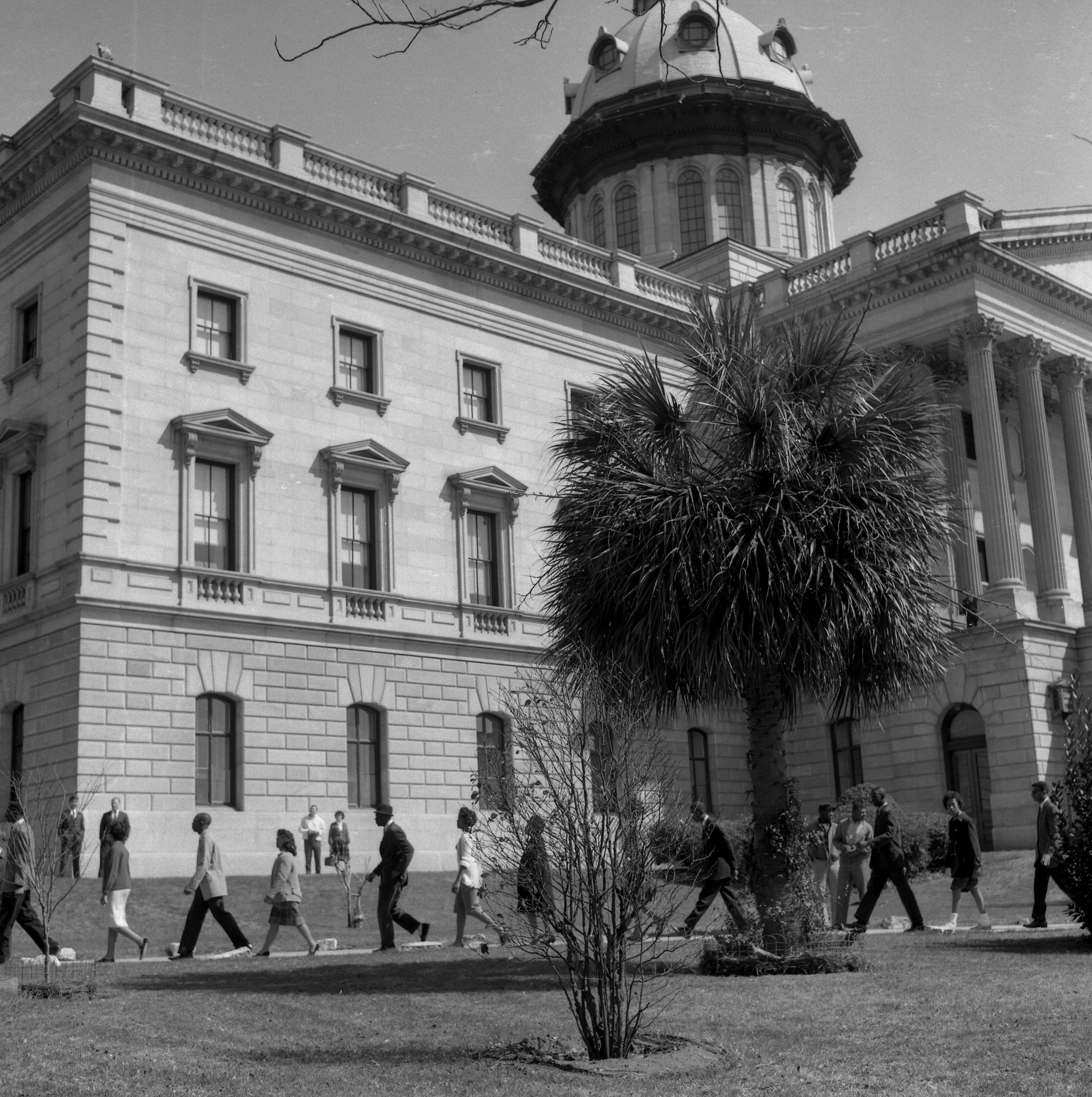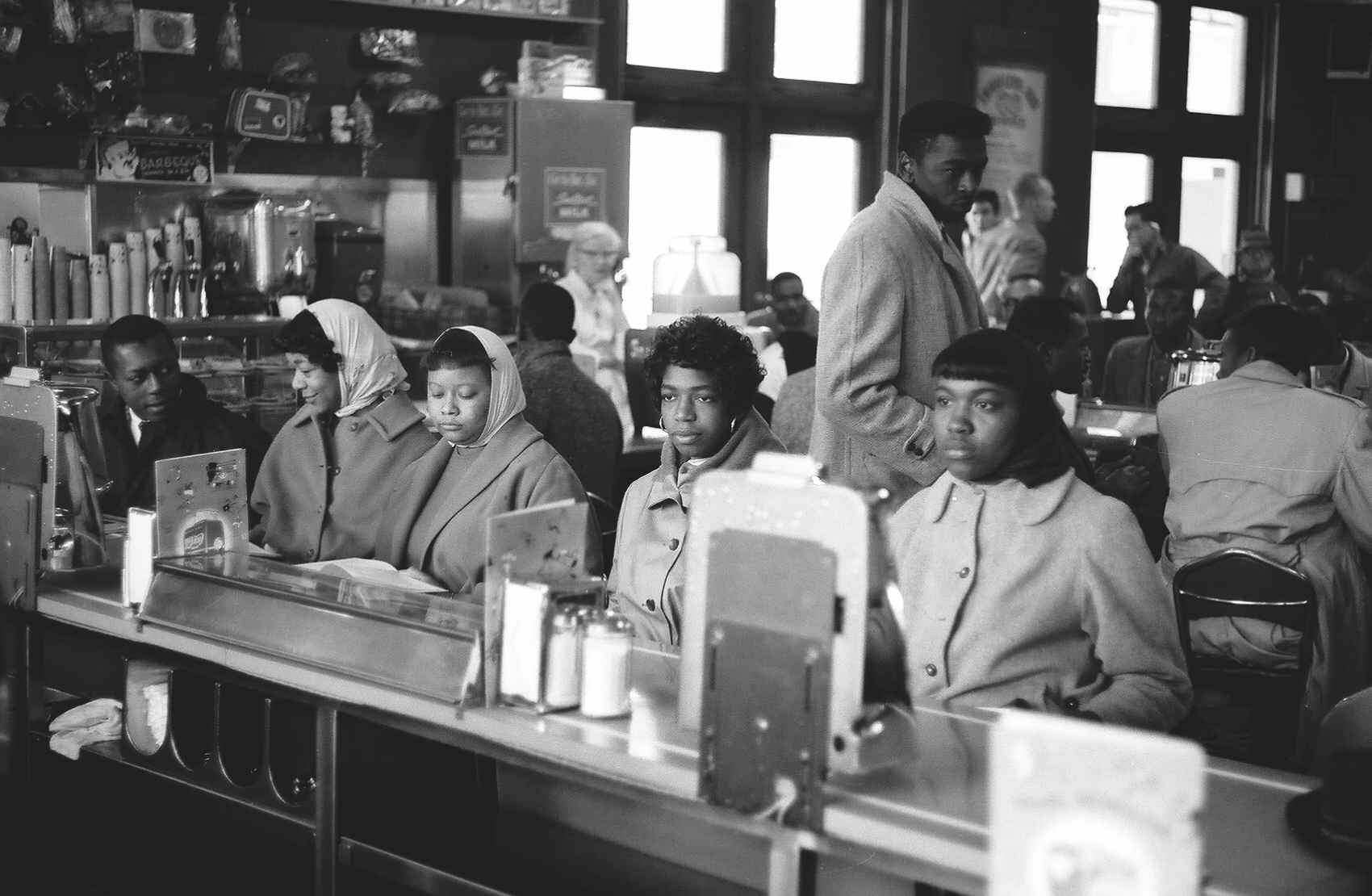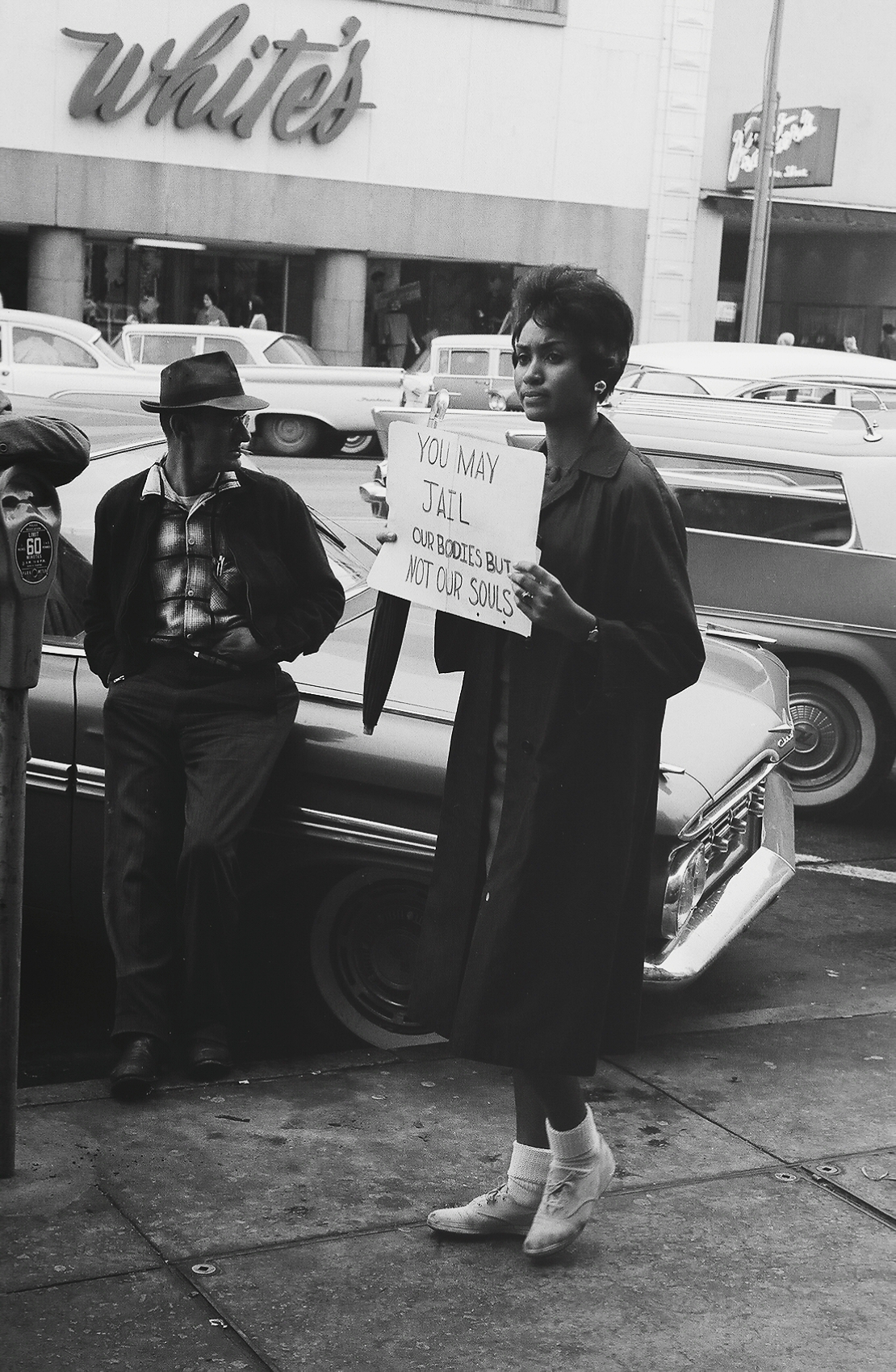“Packing up and moving across the country to a place where the people and culture are completely unknown can be intimidating. For some, it would likely be too daunting a task to consider. But for Jessica Christine Owen, it was a challenge willingly accepted. As an innovative photographer who grew up and attended school in New Mexico, the change was more about a new perspective and the opportunity to work with other women who created work completely different from her own. ...” – Deborah Swearingen For the full story and photos, check out page 26 of the magazine below:
Body & Movement Explored – This Weekend's New Choreography Ballet Performance with William Starrett -- By Deborah Swearingen
Whether you’re from South Carolina or not, you can probably relate to the vitality that flows from the warm rays of the sun. Columbia City Ballet’s Artistic Director William Starrett understands this better than most. His ballet for Body and Movement Explored was inspired by his love for the sunshine. He hopes his choreography to Rimsky-Korsakov’s “Hymn to the Sun” will warm the audience enough to satisfy them until summer finally makes its return.
After having great success in its first year, Body and Movement Explored is back for year two – bringing a mixed repertoire that combines all of the talent, technique, and experience of this accomplished company. The program is Columbia City Ballet’s outreach for developing young choreographers and stretching the talents of local artists. Professional dancers have the opportunity to work with a variety of choreographers to truly bring their visions to life.
One of the most unique aspects of the show is its fast pace. Varying from a more traditional full evening ballet, Body and Movement Explored consists of a mix-up of smaller ballets. This setup ensures that there is something for everyone in attendance. Even if you don’t particularly care for one of the shows, you’re sure to thoroughly enjoy another.
“It’s like an appetizer sampler plate,” Starrett says, laughing. “You can sample everything – all the fun foods we love in one evening.” Since a lot of subjects and issues are best addressed through smaller ballets, Starrett feels the show will spark audience debate.
New choreography helps to keep the art form vibrant and alive, Starrett says. Artists constantly reinvent themselves, and as artists evolve, so should the art form. Keeping up with the evolution of the human race is also important, and choreographers must learn to deal with issues from new perspectives.
But original choreography also comes with challenges. Time and space are issues that every choreographer faces, particularly in a show like a Body and Movement where several dancers are in multiple ballets. It can also be tough to ensure that dancers fully understand the vision of the choreographer. Getting the dancers to retain and produce a high percentage of the vision is difficult, but ultimately what makes being a choreographer so rewarding for Starrett.
Body and Movement Explored will be held at the CMFA Art Space at 914 Pulaski Street in the Vista on Thursday, Feb. 27 through Saturday, March 1 at 7 p.m. Tickets are $25 in advance and $30 at the door. Student tickets are $10 with a valid student ID. Tables that seat 10 people are available at $300 or $500 for prime location. To purchase tickets in advance, visit Columbia City Ballet offices on the corner of Main and Taylor Street, call 803-799-7605, or go online to bme2014.brownpapertickets.com.
The event will be choreographed by William Starrett and Pat Miller Baker; Wayland Anderson, Jordan Arthur Nelson, Ricky Davis, and David Ligon.
Project 63 at USC's McKissick Museum - by Deborah Swearingen
 In the midst of the 50th anniversary of 1963, the University of South Carolina’s McKissick Museum has teamed up with the city of Columbia mayor’s office to present Defying the Quiet: Photography of the Civil Rights Movement. The display is part of an initiative called Project 63, which aims to create a more complete record of the civil rights movement, particularly in Columbia. Typically, the civil rights movement is centered on events that took place in Alabama and Mississippi, but the project is working to add more to what is already known about the movement here in Columbia.
In the midst of the 50th anniversary of 1963, the University of South Carolina’s McKissick Museum has teamed up with the city of Columbia mayor’s office to present Defying the Quiet: Photography of the Civil Rights Movement. The display is part of an initiative called Project 63, which aims to create a more complete record of the civil rights movement, particularly in Columbia. Typically, the civil rights movement is centered on events that took place in Alabama and Mississippi, but the project is working to add more to what is already known about the movement here in Columbia.
The photographs in the exhibit were taken primarily by three photographers: Cecil Williams, a professional African-American photographer; David Wallace, a local Caucasian business owner of the time who was interested in what was going on; and The State newspaper. Museum exhibitions curator Ed Puchner hopes that when the photographs are displayed, the variation in perspective of the three photographers will be evident. He also says that it will be interesting to see how the photographs taken by the newspaper were used to shape social movements.
Social change was certainly prevalent throughout the ‘60s, and the photography combines personal involvement in the civil rights movement with personal emotion. Photographical documentation of Henrie Monteith Treadwell, the first African-American to be admitted into the University of South Carolina, is included in the exhibition.
The photographs in the exhibit will be separated by event. As most have never before been seen, the museum will have a place for those who visit to identify anyone they may know in the pictures.
Among numerous other clips, film footage of marches for freedom, speeches by Gov. Hollings (SC governor 1959-1963), and interviews with those involved in the movement will be cycled through.
“We like the idea of there being a lot of different voices,” Puchner said.
Defying the Quiet will officially open October 18th and will stay open until January 17th. It is located on the second floor of the McKissick Museum in the South gallery and is free to the public. On October 22nd, there will be a gallery opening reception from 5:30 p.m. to 7:30 p.m. where Cecil Williams will be signing books. All are invited to attend.
To learn more about Project 63, visit http://columbiasc63.com/index.html.
- By Deborah Swearingen, Jasper intern






